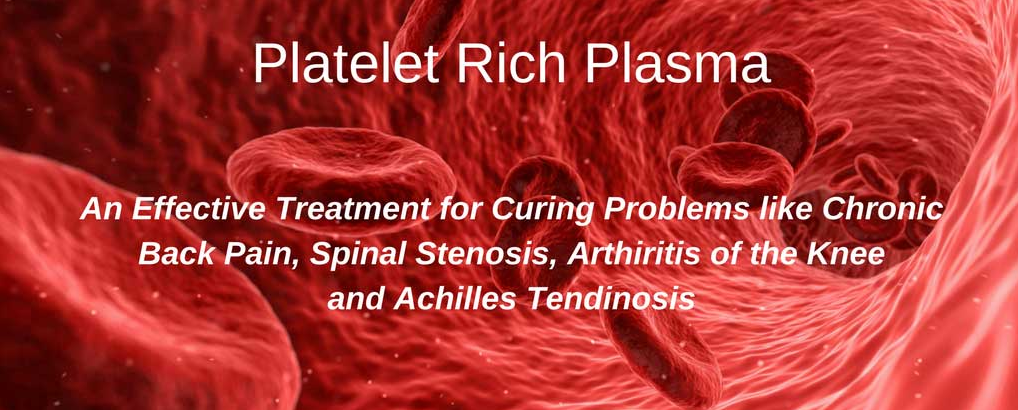Platelet-rich plasma (PRP) therapy is a controversial therapy that is gaining popularity in sports science and dermatology. To date, the U.S. Food and Drug Administration (FDA) has only approved the use of PRP in bone graft therapy.However, doctors may use the therapy to address various other health problems.
Some doctors are now using PRP therapy to promote hair growth, promote muscle healing, and treat arthritis symptoms. Other medical professionals oppose the use of PRP outside of its approved medical use.For example, the American College of Rheumatology (ACR) and the Arthritis Foundation (AF) strongly recommend against its use in the treatment of knee or hip osteoarthritis (OA).
Platelets are blood cells that play an important role in wound healing.They help form clots to stop bleeding and support cell growth. To prepare for a PRP injection, a medical professional will take a blood sample from a person.They will seal the sample in a container and place it in a centrifuge.The device then spins at such high speeds that the blood sample separates into its component parts, one of which is PRP.
Relevant Studies have shown that injecting high concentrations of platelets into areas of inflammation or tissue damage can promote new tissue growth and promote overall cell healing. For example, medical professionals may mix PRP with other bone graft therapies to enhance tissue repair.Doctors can also use PRP therapy to treat other muscle, bone, or skin conditions. A 2015 study reported that men who received PRP grew more hair and were significantly denser than men who did not receive PRP.
At present, this is only a small study and further controlled studies are needed to fully assess the efficacy of PRP on hair growth. The authors of a 2014 paper found that three rounds of PRP injections reduced symptoms in participants with a knee injury known.
Post time: Mar-03-2022









